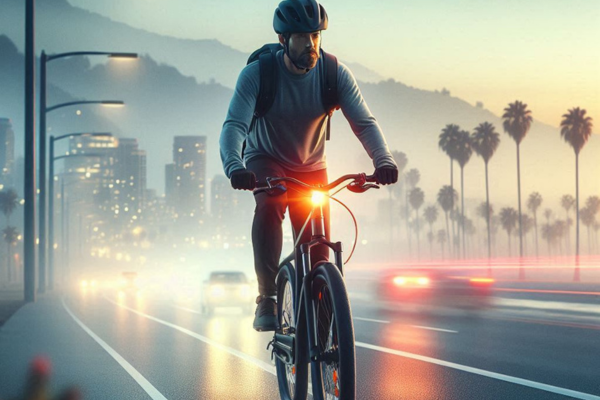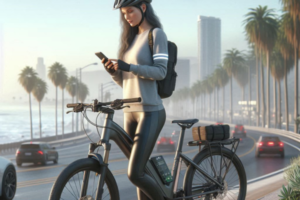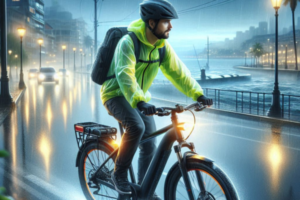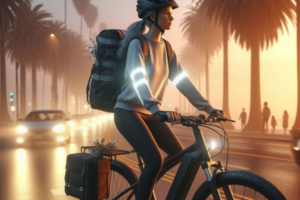Lighting isn’t just about visibility — in most cities, it’s also a legal requirement. As electric bicycles become more popular, especially among urban commuters, local governments are updating their traffic laws to include specific regulations for e-bike lighting. Whether you’re riding before sunrise, during foggy mornings on the coast, or heading home after dark, understanding and complying with lighting rules can keep you both safe and legally protected.
💡 What Are Lighting Regulations for E-Bikes?
Most cities and countries treat e-bikes similarly to traditional bicycles in terms of lighting, but some regions impose stricter standards because of the motorized aspect. Common regulations include:
- 🔦 A white front light visible from at least 150 to 300 feet
- 🔴 A red rear light or reflector visible from at least 100 to 200 feet
- 💡 Side reflectors or reflective tape on wheels or pedals
- 🚲 Lights must be used during low-visibility conditions or nighttime
Depending on where you live, these rules may be enforced by local traffic laws or cycling ordinances. Not complying could result in warnings, fines, or liability in the event of an accident. It’s important to know what applies in your city, especially if you ride across jurisdictions or into suburban areas.
📍 Mini-Case: A Foggy Morning Near the Coast
A commuter riding along the foggy coastal roads of Santa Monica shared their experience after being pulled over by a patrol officer. Although the rider had a front light, it was set to a steady dim beam rather than a flashing or high-intensity mode. According to local code, bikes must have a blinking or pulsing light in fog conditions. The officer issued a verbal warning, and the rider upgraded their light that same week. Since then, they’ve noticed better visibility and more space from passing vehicles.
🌫️ When Are Lights Required?
Many riders assume that lights are only required at night, but that’s not always true. In most cities, any low-visibility condition legally triggers the lighting requirement. This includes:
- 🌫️ Fog, mist, or haze (common in coastal zones)
- 🌅 Early morning rides before sunrise
- 🌇 Evening commutes around dusk
- 🌧️ Rain or heavy cloud cover
The safest approach? Keep your lights on whenever there’s doubt — many experienced commuters treat daytime running lights as standard, just like modern cars.
🔧 How to Make Sure You’re Compliant
To make sure you meet the requirements in your city, follow these quick checks:
- ✅ Verify that your front and rear lights are visible from the required distance
- ✅ Check brightness (lumens) — most cities require 200–400 lumens for visibility
- ✅ Make sure lights are mounted at the correct height and angle
- ✅ Use side reflectors or reflective tire stripes for added safety
Also, remember that battery life matters. A light that dies halfway through your ride leaves you invisible — and potentially out of compliance. Recharge lights regularly and consider carrying a backup clip-on option just in case.
📱 Apps That Help with Lighting and Legal Awareness
Some e-bike control apps let you automate lighting based on time of day or ambient light. Others provide local legal summaries for cycling laws. For example, the Bosch eBike Flow app allows lighting presets, and apps like Ride Spot include basic legal reminders per state or country. Using tech to stay compliant not only boosts safety — it removes the guesswork from urban commuting.
💬 Final Thoughts
Lighting on your e-bike isn’t just a smart choice — in most cases, it’s the law. Knowing your city’s requirements, upgrading your setup, and keeping your lights on during fog or low-light rides helps you stay visible, legal, and protected. In coastal cities where weather conditions can shift without warning, smart lighting habits are a daily necessity.
Do you know your local e-bike lighting laws? Share tips or insights from your region in the comments — let’s help more riders stay safe and compliant on the road.



